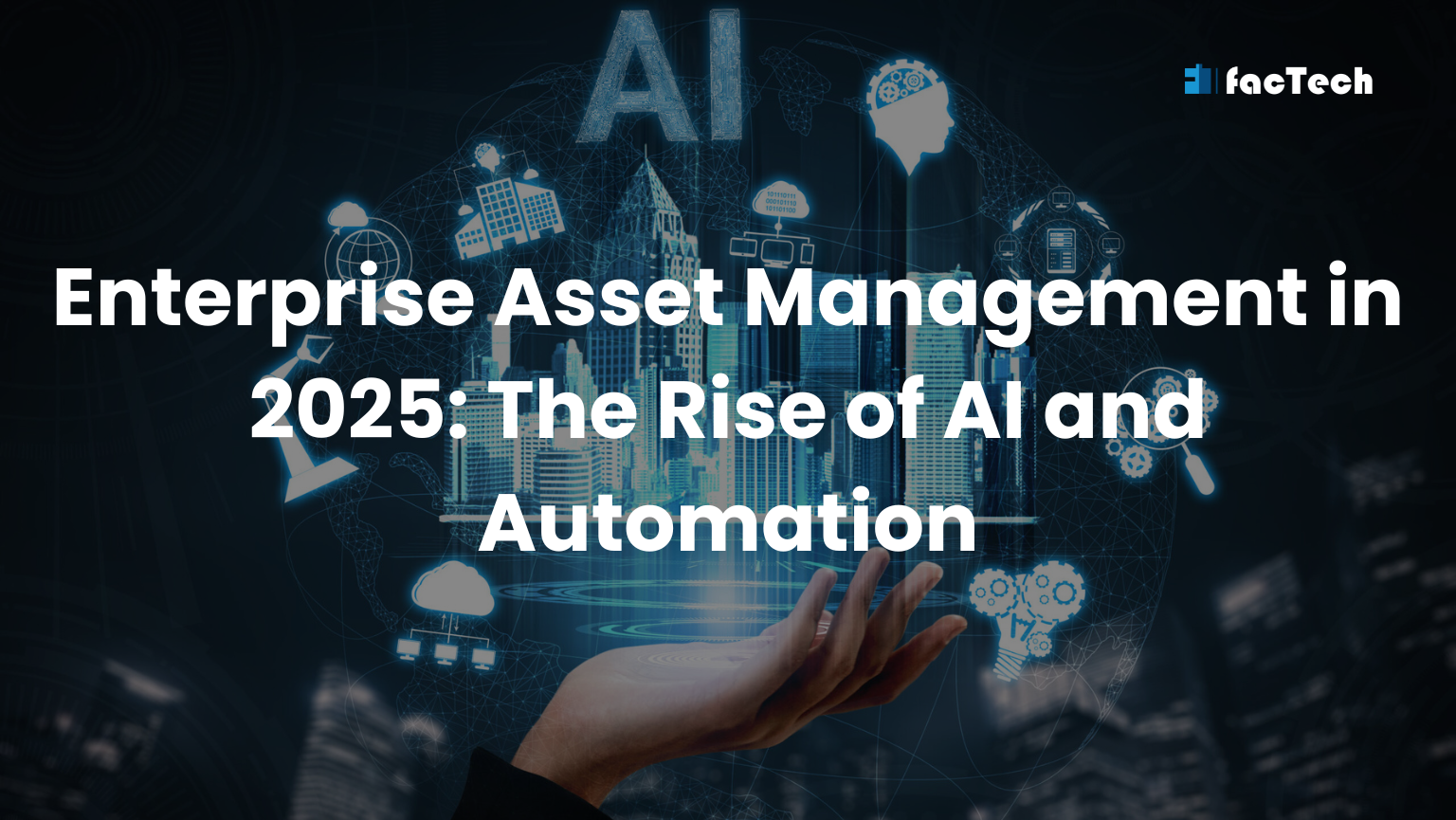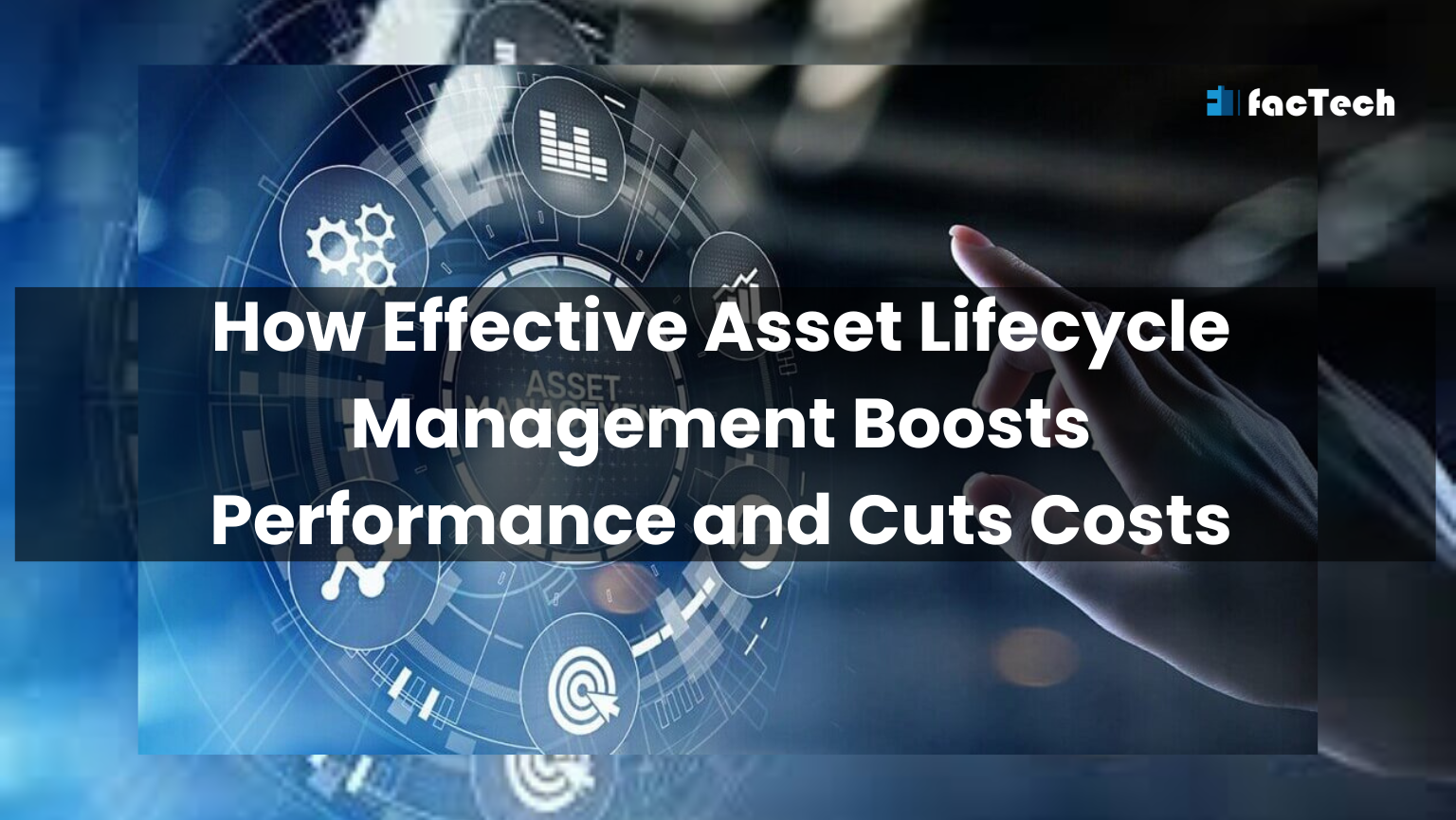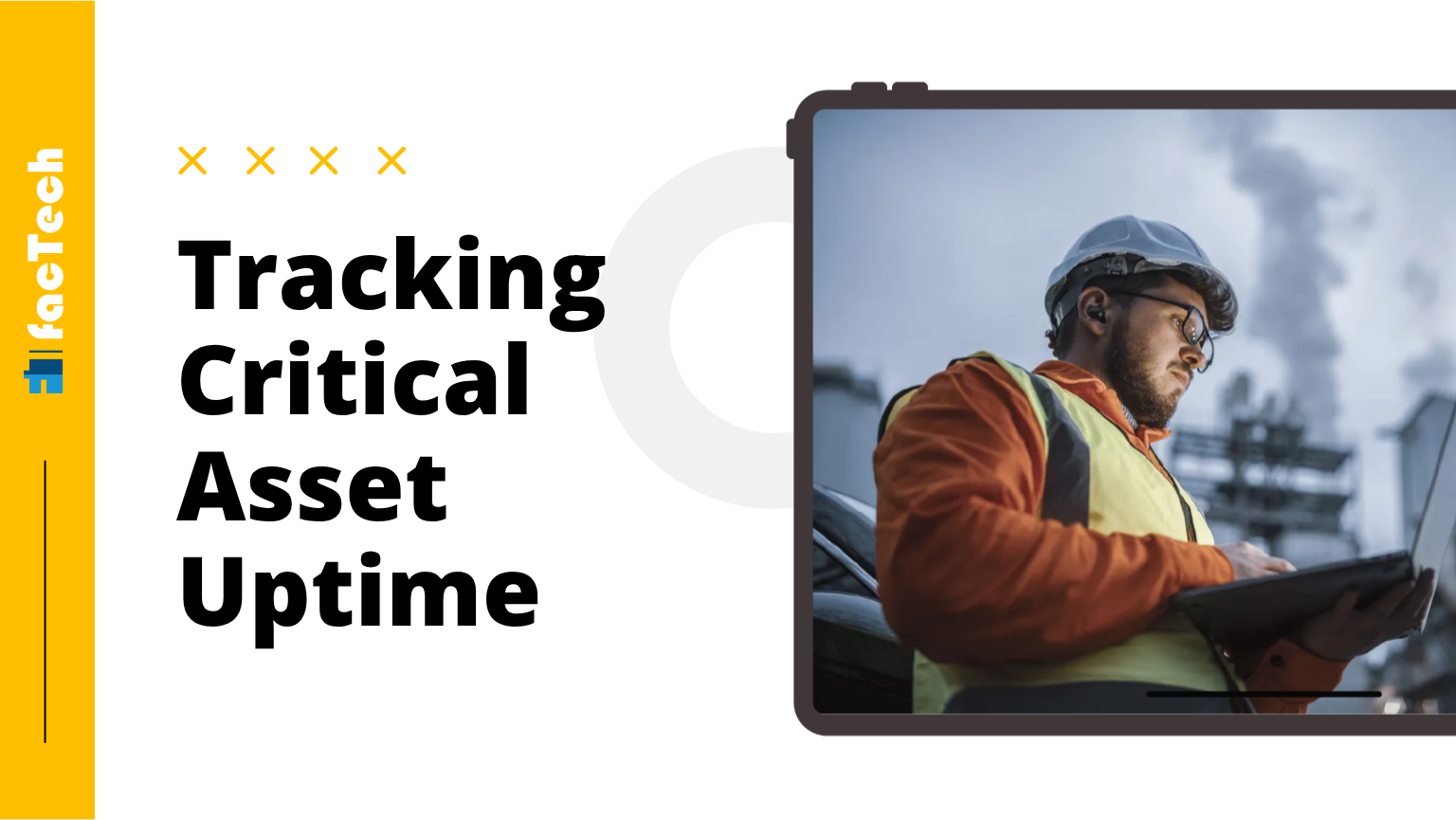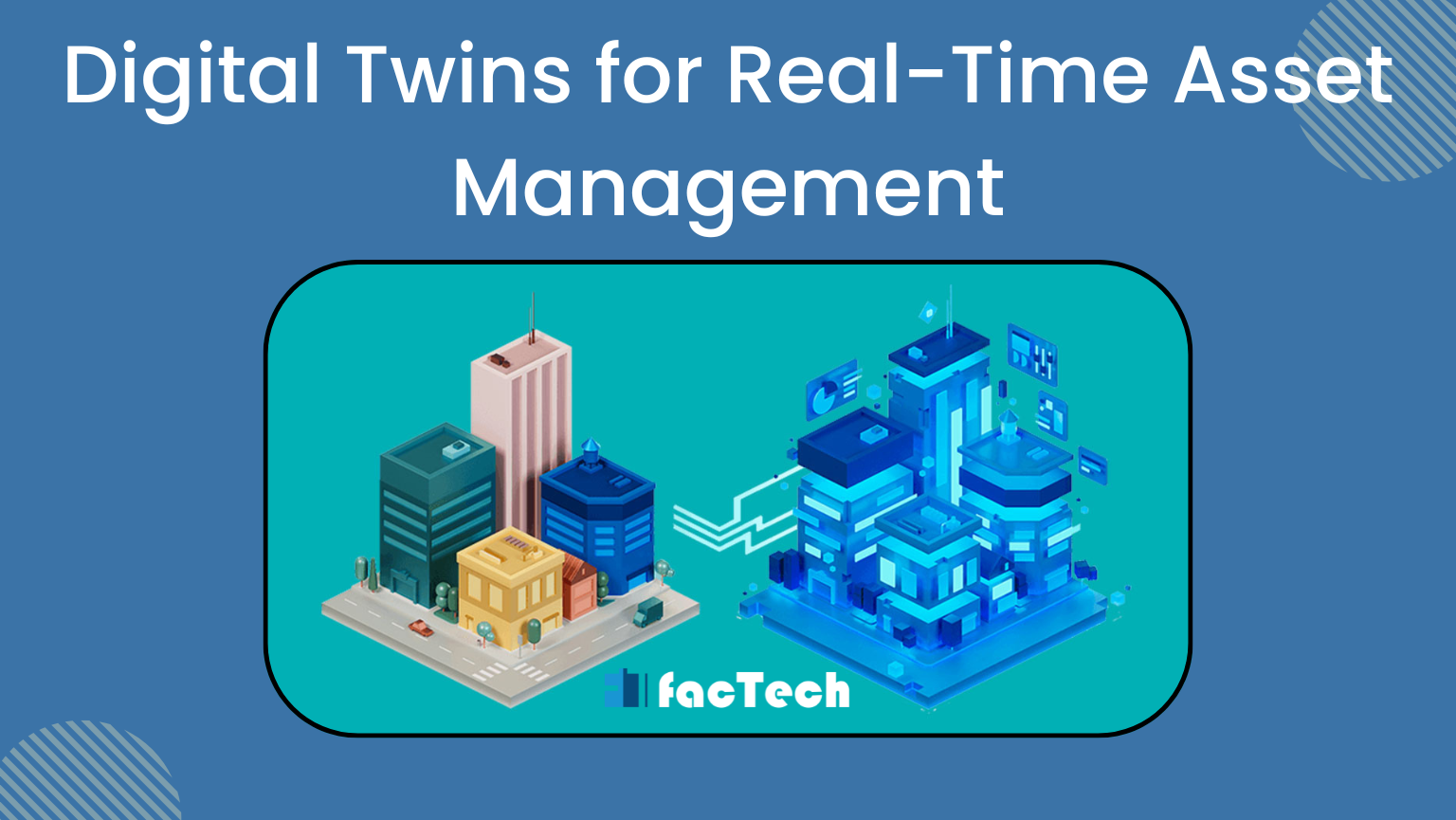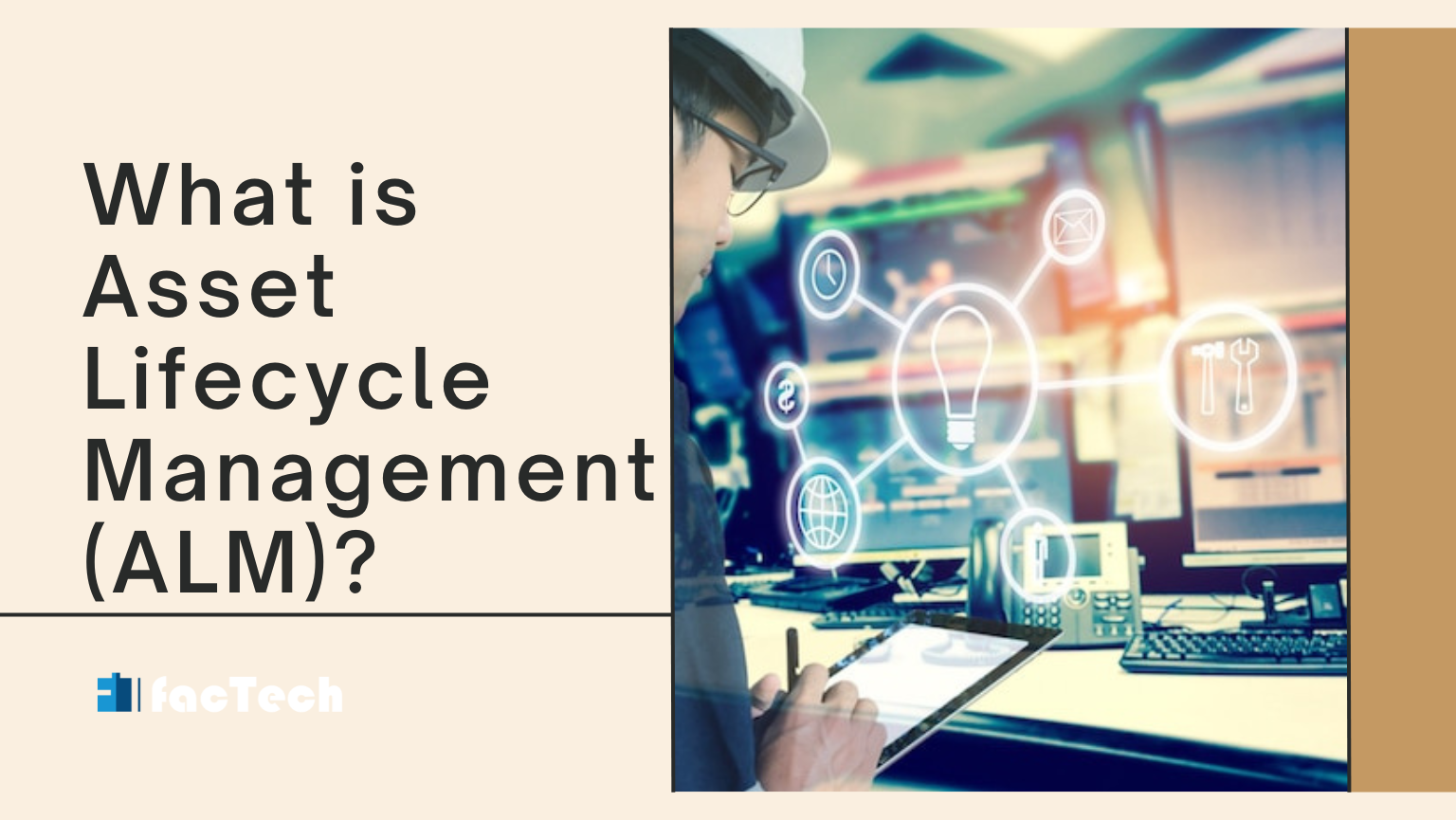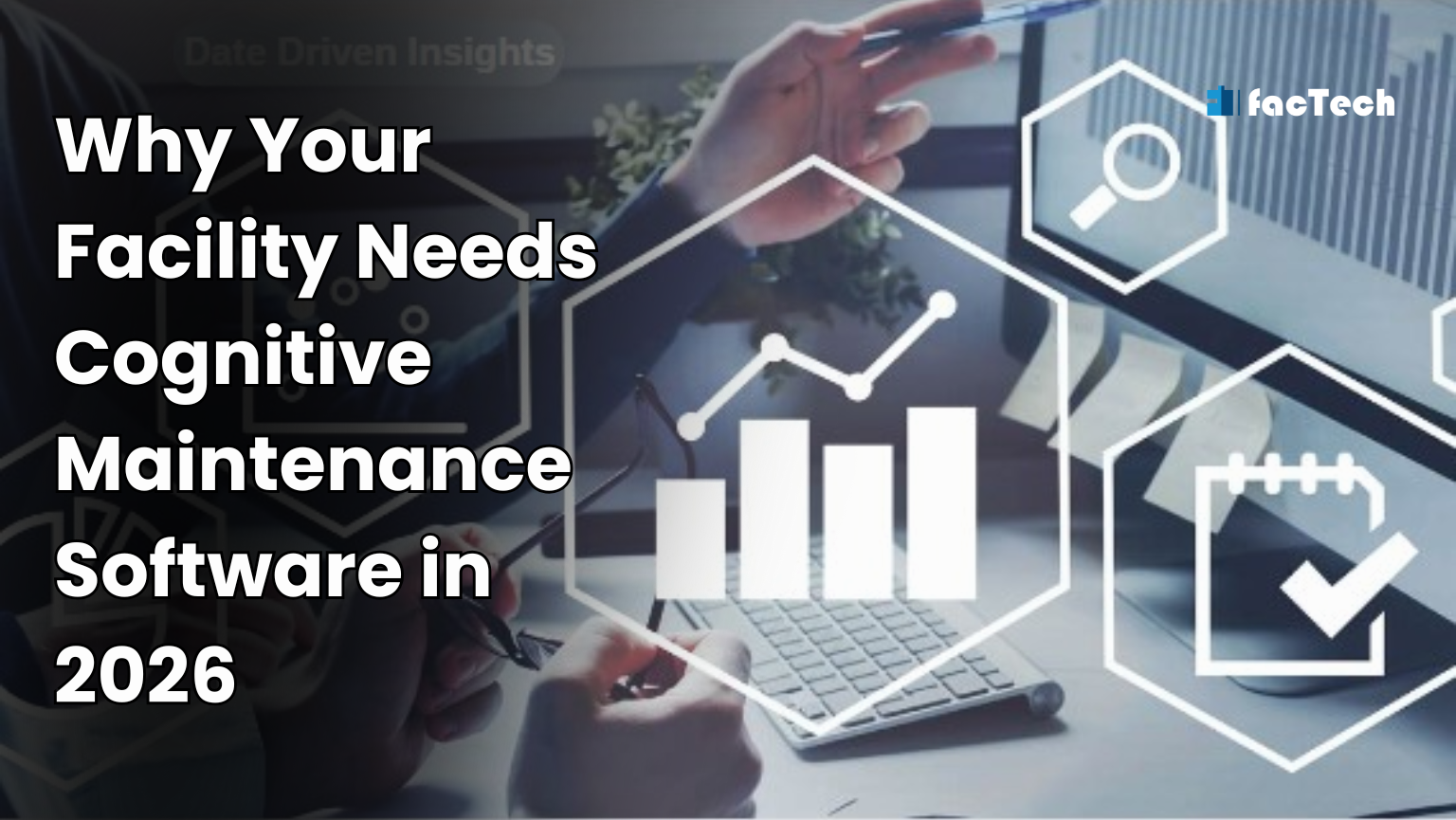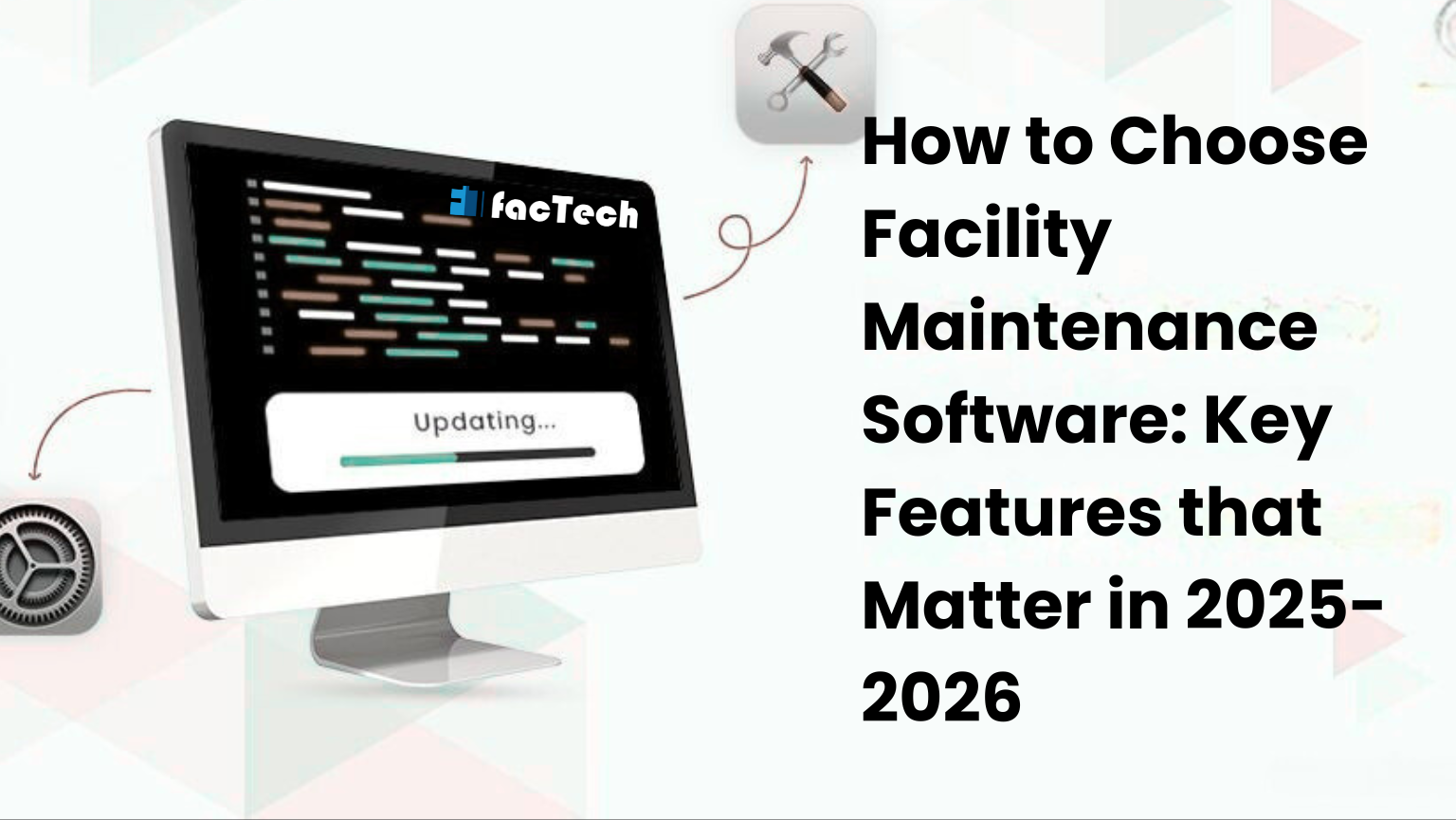Enterprise Asset Management in 2025: The Rise of AI and Automation
In the past few years, more people have started using artificial intelligence in asset management. Companies can stop doing boring, repetitive tasks and instead focus on strategic, alpha-generating projects by employing AI tools and technologies in their asset management system. AI is transforming enterprise asset management (EAM) by making a lot of tasks faster, more precise, and able to predict what will happen in the future. In this blog, we will talk about enterprise asset management, its features, and how AI is changing the way enterprise asset management works.

Understanding Enterprise Asset Management
Enterprise asset management (EAM) is the software, tools, and services that help an organization keep its equipment and running assets in excellent shape and under control. The framework’s purpose is to make assets better and more useful across their lifespan, enhance productive uptime, and minimize costs of doing business.
Important Features of EAM
When it comes to managing assets, different businesses have varied goals and priorities. However, a successful EAM plan usually includes the following basic parts:
Managing the Work Flow
The EAM system keeps track of and manages all maintenance jobs, whether they are planned or not, from the time they are requested until they are done. Actual reporting, which means keeping track of an asset’s income and expenses over its life, could be a part of EAM operations.
Managing Supply Chain
The EAM platform brings assets and the supplies needed to keep them in good health into the supply chain. It also keeps track of key parts and spare parts so that assets may be quickly replaced if they break down. Lastly, it watches the supply chain to make sure there are no problems or shortages.
Compliance
The EAM system uses incident analysis, corrective action traceability, and change management to follow health and safety requirements. It usually has a good reporting system to keep track of problems with security, governance, and EHS. It also includes defined guardrails that assist teams in coming to an agreement on a set of norms and standards.
Track Mobility
EAM platforms can read meters, bar codes, and radio frequencies to get electronic signatures. This makes it easier to keep an eye on things from a distance. It might also employ mobile device features like cameras and voice-to-text to help them access more information, collaborate together, and use technologies while they’re not connected to the internet.
Schedule Maintenance
EAM systems could employ a Gantt chart, which is a bar chart that illustrates project deadlines, to make work orders and schedules for preventative maintenance. It can also automate maintenance plans and tasks, which frees up dispatchers to focus on other critical tasks.
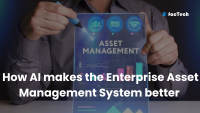
How AI makes the Enterprise Asset Management System better
OCR, or Optical Character Recognition
Even if they are broken or damaged, AI can read asset tags, nameplates, and labels thanks to OCR technology. This strategy eliminates the need to enter data by hand, which saves a lot of time when it comes to collecting and entering information about assets. Companies can make sure that their asset data is correct and up to date, which is important for managing assets well, by automating this activity that used to take a lot of time and effort.
Using Machine Learning to Keep the Data
Machine learning can make asset data far more accurate and dependable. AI might look at different sources, including asset records and Bills of Materials (BOMs), to find missing or conflicting information and then offer strategies to fix it. This cuts down on the requirement for manual data audits and makes sure that asset records are accurate. This helps you make better choices and use your resources more wisely.
AI for Managing Data
AI-based data governance technologies might be able to find and fix duplicate or additional information in the asset management system on their own. These technologies assist in making sure that all data satisfies particular standards and that business rules are followed. These AI technologies remove the requirement for human data checks, which makes asset data more accurate and makes sure that the information is useful and reliable.
Using Generative AI to Help in Diagnosis
Generative AI can aid with troubleshooting by looking at an asset’s history and coming up with reasonable explanations, diagnostic processes, and remedies to cure the problem. This skill makes it easier to fix problems quickly and makes sure that teams can deal with problems even if they haven’t dealt with them before. AI assists with diagnostics, which makes assets more trustworthy and useful. This makes the plan for managing assets better.
Historical Analysis to Help People Make Choices
When asset managers get signals, AI systems can look at what they have done in the past and propose what they should do today. This not only makes it easier to manage assets, but it also makes it easier for everyone in the company to communicate what they know. AI uses old data to make sure that the best ways are used to solve current problems. This helps new workers learn more quickly and keeps things running more smoothly.
Planning Maintenance with AI Models
AI-powered predictive models can find problems with how assets work by looking for trends in how they usually work. This early warning of possible problems enables you to execute maintenance before they arise. It help in keeping assets from breaking down at a high cost and makes them last longer. Companies can make their maintenance schedules better and spend less time on unplanned downtime by guessing when things might go wrong.
By combining these AI-powered tools and methods together, businesses may be able to manage their assets much better. This will make their operations more efficient, save money, and make their assets last longer.
Also read: Key Features to Look for in an Asset Management System
The Factech Asset Management System
Factech’s asset management solution makes the whole business asset management system digital and more efficient. It does this by giving you personalized asset registers with QR tagging, evidence-based maintenance with e-checklists and GPS-stamped mobile updates. It also offers strong KPI-based dashboards for keeping an eye on performance in real time, such as DG efficiency. This helps organizations make maintenance easier, reduce the number of breaks, and have more control over their operations. Get in touch with us to get a free demo.
Also read: Dashboards & Insights for Enterprise Real-Estate Management Services
FAQs
Q: What is the meaning of Enterprise Asset Management (EAM)?
EAM is the software, tools, and services that assist a business in maintaining, managing, and enhancing its operating assets over time to save money and increase uptime.
Q: What is the role of AI in EAM?
AI is revolutionizing EAM by automating the process of gathering data by hand (OCR), which makes the data more accurate, allows for predictive maintenance, and gives diagnostic help to make things more efficient and forward-thinking.
Q: How does AI improve EAM data?
AI uses machine learning and data governance to detect and repair missing, conflicting, or duplicate information in asset records on its own.
Q: What is one of the best things about using AI to schedule maintenance?
AI models make predictive maintenance possible by discovering faults with how things work and guessing when they might break down. You can plan ahead and avoid costly downtime with this.
